Czech Republic Doubles Its Defence Expenditure. “Modernization, More Troops, New Units”
The concept of development of the Czech Armed Forces assumes that defence expenditure is to be doubled, and defined by a total amount exceeding the sum of CZK 460 billion (17 billion euros). Majority of the assets above is to be used for the purpose of acquisition of the new equipment and weapons. According to the assumptions, new helicopters, infantry fighting vehicles and aircraft are to be acquired. Secondly, Prague also plans to create a new air-defence system. It is also planned to increase the number of troops in service, including the active reserves – 7-10 thousand more troops are to be a part of the Czech Army now.
Similarly as in case of all of the Armed Forces of the Central-Eastern Europe, including Poland, the Czech Army is, to a large extent, using the post-Soviet inventory, dating back to the times of the Warsaw Pact. In the light of the above, replacement of that equipment, or making it at least compliant with the NATO standards, is urgently required. The modernization processes are easy in this case, since the Czech Armed Forces are a relatively small body. Total quantity of contracted troops is close to 19 thousand, and, similarly as in case of Poland, the above situation is a result of cuts and “professionalisation” of the Army.
The land forces component consists of two brigades (heavy and light brigade) and support units (artillery, engineering, chemical warfare, electronic reconnaissance units etc.). The air component consists of a fighter squadron, operating the Gripen jet fighters, a squadron operating the L-159 attack aircraft, a training squadron, along with three helicopter squadrons and two airlift squadrons. Czech Air Force also includes the air-defence regiment and radar regiment, along with a SAR Group, equipped with the PZL W-3 Sokoł helicopters.
This is just a brief summary, the aim of which is to present the challenges that are to be faced by the Czech authorities.
1.4% of GDP for Defence. CZK 150 billion for Modernization
The plan for the period between 2015 and 2025 includes a decision, assuming that there will be more funds dedicated to cover the Czech defence needs.Up until now, despite the commitments made as a NATO member state, according to which 2% of the GDP would be spent on defence purposes, the Czech Republic, so far, used ca. 1% of the GDP to provide funding for the Army.
During the year 2016, the value is defined as 1.04% of the GDP - CZK 28 billion (EUR 1.04 billion). Thanks to the fact that the defence budget is going to be successively increased, in 2020 the expenditure planned is going to be covered with an amount equivalent to 1.4% of GDP - more than CZK 51 billion (1.89 billion euros), assuming that, annually, 2% growth of GDP is expected.
The above means that the expenditure, throughout the upcoming decade, would be contained in a total amount of CZK 149.7 billion (EUR 5.54 billion). The assets are going to be used to acquire ammunition, weaponry and equipment, including new types of armament.
The plans include acquisition of new multi-role helicopters, infantry fighting vehicles or elements of the air defence system. Secondly, Prague also plans to replace the obsolete equipment and armament with a package of new inventory that would be compliant with the NATO standards. The programme has been already started, as [1}[2}7.62 mm Vz. 58 carbines have been replaced with the CZ805 BREN weapon, using the NATO 5.56 mm round{3]{4].
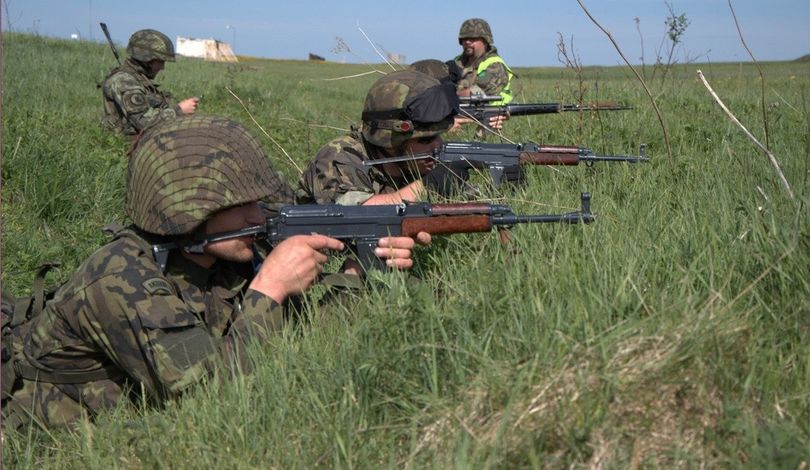
Another, important aspect of the modernization is related to quantitative expansion of the Army, both when it comes to the professional troops, as well as within the scope of expanding the reserve forces involving qualified soldiers who have finished their contracted service, and members of the reserve who have gone through the basic training or through the recruit service.
At least 5 thousand additional troops, and same number of reserve troops
Increasing the quantity of troops by a number of 5 thousand is related both to the process of complementary recruitment, as well as to the process of creating the third brigade in the land component, which would be acting as a light element complementing the medium and heavy brigades, using, respectively, Pandur and BVP-2 vehicles. Special forces, air defence component and the related support and logistics systems are also being expanded.
This is related to increase of the number of soldiers – we expect at least 5 thousand increase. Secondly, we are willing to create active reserves – 2-5 thousand troops, and to maintain the personnel reserves system. These are professional soldiers who have finished their duty, but who are still available, should a need arise, for the next 5 years.
The changes of the human resources structure and increased number of troops are to make the system more flexible, and provide the Czechs with a higher density of the HR structure, along with suitable personnel reserves. This may mean that number of troops serving in the Czech Army may be increased up to the level close to 25 - 27 thousand, along with several thousand members of the Reserve forces, half of which would be fully trained, so that they could act as a source of complementary personnel who would be able to fill in the gaps in the HR structure of the operational units. The issues connected to the human resources are related to the plan of reorganization and modernization of the Czech Army. The modernization, initially, is going to be focused on acquisition of new helicopters.
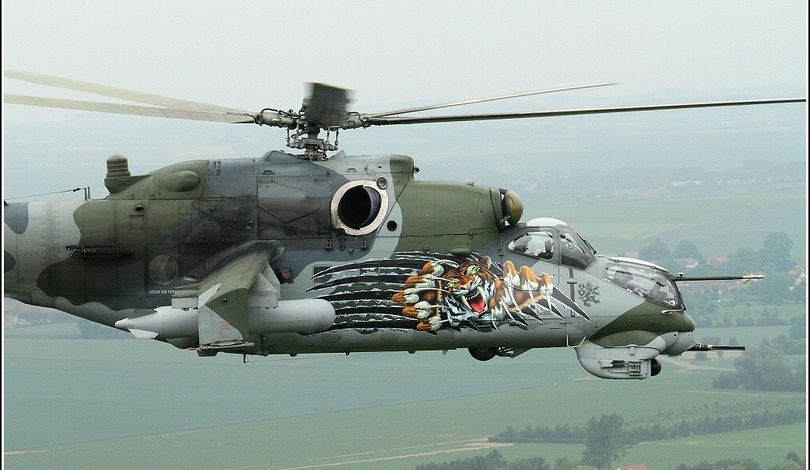
Light Helicopters, Heavy Armament
The most interesting programme of the Czech modernization is the one related to acquisition of new multi-role helicopters.
However, this programme is completely different from its Polish counterpart, since the helicopters to be acquired by Prague will fulfill tasks completely different from the ones that are to be carried out by the newly acquired Polish rotary-winged aircraft.
We are willing to replace the Mi-24 gunships, thus we are looking for helicopters with proper firepower that would be capable of carrying several troops, for provision of support for the land forces. We do not want to transport 15-20 troops, as in case in Poland, looking for the successor of the transport helicopters. For us, manoeuvrability and armament, along with the capacity to carry 6-8 soldiers, as Mi-24 does, are the more important features of a helicopter. Thus, we are looking for a platform which would carry as much firepower as possible.
In the light of the above, the Czech Republic is looking for a helicopter that would be capable of carrying an impressive set of guided and unguided armament, including anti-tank missiles. At the same time, these helicopters are to be capable of carrying lightly armed troops.
NATO-standards compliance and capability to operate at night and during the day, in any weather conditions, constitute additional requirements. In the initial phase, 12 helicopters were to be acquired, with optional increase of the above quantity.
The considered rotary-winged aircraft include: AgustaWestland AW139M, Bell Helicopters UH-1Y Venom, Sikorsky UH-60M or S-70i Black Hawk and Airbus Helicopters AS565 Panther (which is a military derivative of the AS365 Dauphin helicopter), replacing the Airbus’s prior offer, assuming that Prague would acquire the H225M Caracal helicopter.
As Daniel Kostoval, Czech Deputy Minister of Defence dealing with armament and procurement issues, admitted in his interview for Defence24, acquisition of attack helicopters is also being considered, however this would not happen in the upcoming 5-7 years. When it comes to the transport helicopters, the Czech Republic is going to withdraw the Mi-8 airframes, with Mi-17 and Mi-171 still remaining in the active service. The latter helicopters are to have a long lifetime, since they have been thoroughly modified.
Czech Mi-171Sz helicopters, within the scope of the assistance provided by the US allied assistance, have received modern equipment, such as the Star SAFIRE III optronic systems, TWR 850 Doppler radars, Rockwell Collins digital avionics, including integrated navigational and flight control systems, autopilot, positioning system and four multi-function displays in the cockpit. M134D-H Minigun machine guns have been fitted on both sides of the helicopter.
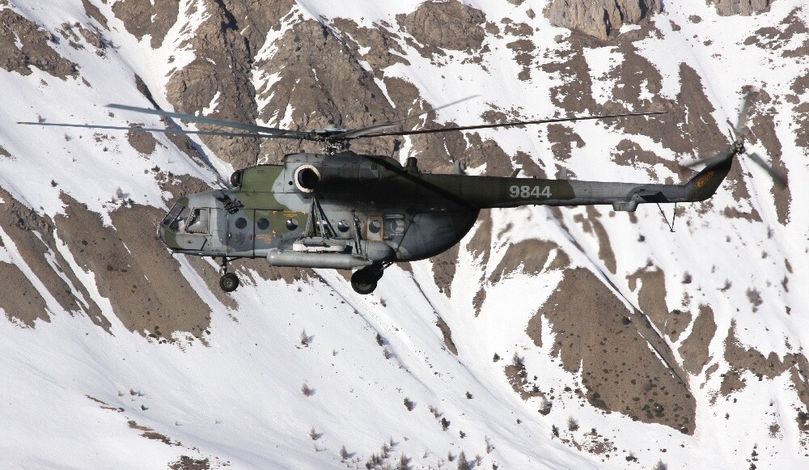
Thus, Prague plans to prolong the operational use of the Mi-171 rotary-winged aircraft for at least another decade, however replacement of these helicopters is also being considered, in a long run. This is related to the fact that Czech Republic is willing to become independent from Russia, within the scope of maintenance and procurement of the spare parts. However, we cannot rule out a situation in which the helicopters would remain in the active service, should an alternative source of the spare parts and technological support be found.
When it comes to the SAR tasks, Prague, since at least one year, has not been planning to replace the PZL W-3 Sokół helicopters, contrary to the statements that had been made by the Czech Chief of Staff. Back in November 2015 PZL-Świdnik has signed a memorandum with the Czech MoD, pertaining a decade-long support for operation and supplies of the spare parts for the Czech W-3 Sokół helicopters.
The above excludes an option of them being withdrawn from the active service due to their age, or due to costs of operation.
In a longer run however, it is possible that these airframes are going to be required by the multi-role rotorcraft that are to replace the Czech Mi-24/35 attack helicopters.
Larger Land Component - Further Replacement of the Equipment
When it comes to the land component of the Czech Armed Forces, the progress of modernization is far more advanced, and it covers continuous replacement of the armament and introduction of new vehicles. In the future, the above steps will also be related to reorganization of the Czech Army. All of the elements that form the Army are going to be equipped with NATO-norms compliant inventory, of newer generation. If it is possible, the Czech Ministry of Defence selects Czech products that are co-produced in the Czech Republic, or that support the national interest in some other way. Within the scope of the initiatives above, more than CZK one billion is going to be used to acquire the CZ805 rifles, CZ-75 SP-1 pistols, Tatra trucks and IVECO LMV armoured vehicles. All of the above acquisitions are going to be realized without any tenders. The purpose of the process above is to make the Czech units interoperable with their NATO counterparts. In the future, programmes related to introduction of NATO-standards-compliant artillery (155 mm cannons), anti tank weaponry and self-propelled mortars into the inventory of the Czech Army are going to be realized.
At the moment, acquisition of the armament for the 4th Quick Reaction Brigade, acting as a part of NATO Quick Reaction Forces, is being implemented at the quickest pace. Pandur II infantry fighting vehicles are the basic equipment of the aforementioned unit.
At the moment, the unit still needs about a half of the vehicles that were planned to be acquired, however the process is being successively realized.
This element is to be fully equipped with modern equipment as the first one in the whole Czech Army, while its personnel structure is going to be complemented, and the new troops are going to go through a proper training programme.
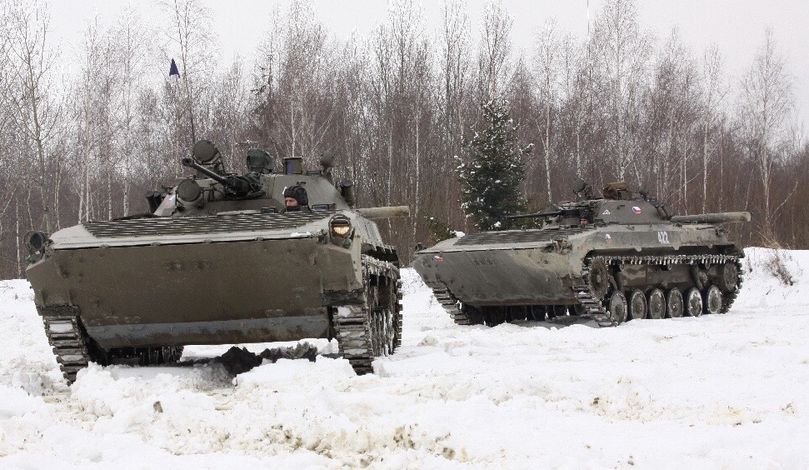
After that, the equipment used by the second brigade, using the BVP-2 infantry fighting vehicles and T-72M4CZ main battle tanks, is going to be replaced. Next, the third, and the lightest brigade, is going to be created. The element in question is going to be using Land Rover Cayman and IVECO LMV vehicles, along with the equipment providing a high level of maneuverability and operational capabilities.
The plan was outlined, in his interview for Defence24, by the Czech Deputy Minister of Defence, Daniel Kostoval.
Czech Republic currently has two brigades at its disposal – light one and heavy one. The initial one uses “wheeled” Pandur vehicles, and vehicles of a similar class. The second brigade uses the track-chassis vehicles. This one needs to be modernized as a whole unit. The modernization shall include infantry fighting vehicles, command vehicles, the whole communication system and the support equipment. Once we are able to do it, we are willing to create one more brigade, so that we have three such units at our disposal, light one, using the Cayman and Iveco vehicles, medium, using the Pandur vehicles, and heavy one, using the infantry fighting vehicles and track-chassis carriers. Next, we are willing to develop and modernize the armoured untis, so that we have a single main battle tanks battalion at our disposal. However, it would be best to have two such units at hand.
Between 2015 and 2025, the modernization process related to the “medium” brigade is going to be finalized, and replacement of the equipment of the “heavy” brigade is going to begin. The operational capabilities of the latter unit, due to the quality and status of the equipment, are quite limited. The above means that there is a great need to select the replacement for the BVP-2 infantry fighting vehicles, being a license manufactured variant of the Russian BMP-2 vehicle.
New Infantry Fighting Vehicle - Will Poland be involved?
Both Czech Republic, as well as Poland, are planning to acquire infantry fighting vehicles and other track-chassis vehicles in the upcoming years. The above vehicles are to replace the post-soviet equipment. Despite the fact that the Czech BVP-2 vehicles are one generation younger than the Polish BWP-1 variant, both of these types are not suitable to be used on the contemporary battlefield. Thus, both states are vividly interested in acquisition of more infantry fighting vehicles and other vehicles that would - should it be possible - use a common track-chassis platform. Due to the priorities and accumulation of assets, Czech Republic plans to sign a contract regarding acquisition of the infantry fighting vehicles between 2019 and 2020. Prague is interested in collaboration with Warsaw, within the scope above.
I think that we need two more years to select the BVP-2 successor. We are trying to remain in touch with Poland, within that scope. Poland is interested in implementation of a joint solution here. However, a question arises whether the Polish industry is going to decide to create its own design, or whether it is going to follow the path of partnership, creating a kind of “industrial alliance” within that scope. At least Polish and Czech alliance. This would make it easier for us to jointly acquire the vehicles, since the shared product would meet the shared tactical and technological requirements.
However, as Kostoval admits, two problems emerge here. First, communication with the Polish Ministry of Defence within that scope has been weak so far. Besides the official declarations, no information exchange is being realized by Warsaw. Moreover, concepts of both states pertaining the base platform also seem to differ. Poland is willing to develop a new IFV on its own, with unique features, including the amphibious capabilities. Czech Republic is interested in acquisition of a vehicle that would use an existing solution as the base, with a deep involvement on the part of the national defence industry. Prague assumes that numerous modern solutions already exist within the market, and there is no use investing time and money in development of a completely new design. If no communication is established between Poland and the Czech Republic, within the scope of the key issues, then, even in spite of the economic, operational and tactical advantages of using a shared platform, the roads taken by both nations in the area of a new IFV may be different.
A similar situation could have been witnessed, when it comes to joint acquisition and development of the air defence radars.
Air Defence. Radar is the First Module.
At the end of 2014, the joint programme, the aim of which would be to develop and acquire a common air defence radar by the Visegrad Group, has been ultimately abandoned. Prague most probably is going to acquire Israeli Elta Systems radars, procured in collaboration with the Pardubice-based Retia company. Some rumours, related to the fact that Poland also has withdrawn from that programme, were being circulated as well, as Warsaw had different assumptions, within the scope of the system’s mobility.
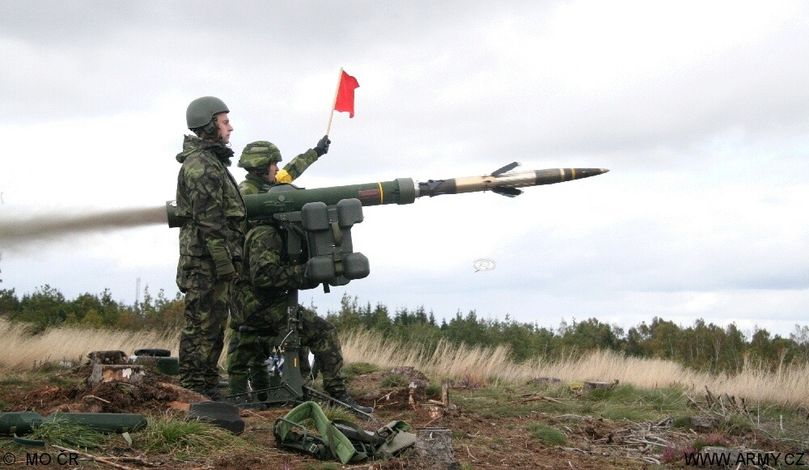
Czech Republic is currently carrying out an intensive programme, the purpose of which is to thoroughly modernize the air defence system and airspace monitoring and radar guidance areas. Strela-10M and Kub surface-to-air-missiles are going to be withdrawn. In the recent years, a similar fate was faced by the post-Soviet S-125 Neva and OSA SAMs. They have been replaced with the modern Saab RBS-70 system, utilizing the BOLIDE missiles, offering a range of 8 kilometers, being capable of neutralizing targets flying at altitudes of up to 5 thousand meters.
Czech-made Retia ReVISOR radars are used to detect and track airborne targets within the range of up to 30 kilometers, at altitudes of up to 5 kilometers, with a 360 degrees of coverage, in cooperation with the RBS-70 system. This is a part of the gradual expansion of the Czech air defence capabilities, starting at the lowest level. Another step taken is related to acquisition of 10 3D radars which have been referred to above, which are going to act as the foundation for a medium range air defence system. Within that scope, Prague has not yet made any ultimate decisions, as to which system would be selected. However, emphasis is being placed on open architecture and interoperability with the neighbouring NATO member states.
We would like to sign the radar-related contract in mid-2016, with the first deliveries happening between 2017 and 2018. These radars have to be capable of being integrated with the future air defence system. We are going to add further elements to the system. Thus, we are looking for solutions which not only will provide us with a radar that would be capable of detection, but also a radar which could be used to guide the missiles. This is just the first step. (...) We are analysing the possibilities and decisions made by Poland, Germany or Hungary. (...) Our system is going to partially become a result of those decisions. It needs to be interoperable and fully compatible.
Acquisition of a medium range air defence system, along with short range and very short range systems capable of destroying missiles and artillery rounds, is to be realized after 2020.
More Capabilities for the Air Force
Also when it comes to the Air Force, Czech Republic plans a modernization programme. Nonetheless, the decisions have been postponed for now. Firstly, it is expected that combat capabilities of the JAS-39 Gripen jet fighters are going to be expanded with option of conducting ground attacks with the use of the precision guided munitions, including bombs and missiles. Similar scope of capabilities is going to be provided for the L-159 ALCA jets, used both for conducting combat sorties, as well as within the scope of training the pilots of the supersonic jets.
All of the Czech combat aircraft are to achieve all-weather capabilities, while training activities are going to include usage of the new optronic devices and encrypted communication suites.
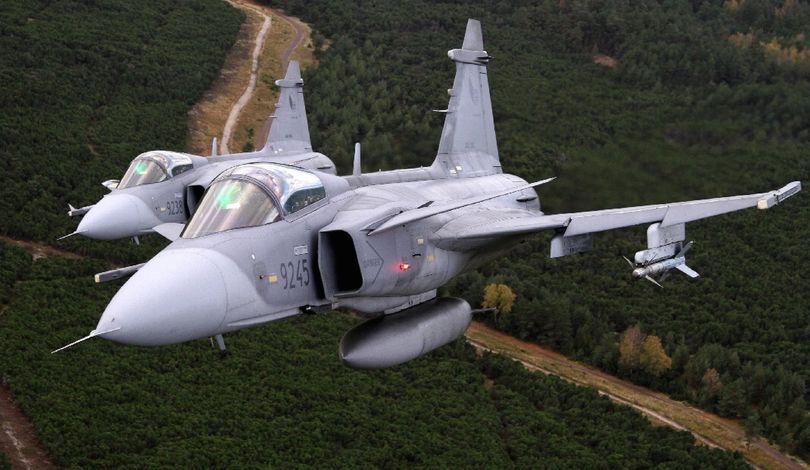
In the future, in the period between 2020 and 2025 at the earliest, option of procurement or further use of the JAS39 Gripen jets (in line with the existing scheme) are being considered. Acquisition of another lot of supersonic aircraft is also plausible. Within that period, further purchases of multi-role attack helicopters and medium transport helicopters are planned. Their purpose would be to replace the Mi-17 rotary-winged aircraft that are to be withdrawn. Czech Republic also plans to acquire two VIP jets within that period, that would replace the Yak-40 aircraft that are being currently used in that role.
As modernization of the aircraft progresses, the airbases are also going to be restructured and modernized, within the scope of their infrastructure and equipment. This is related, above all, to the safety systems and all-weather guidance systems (e.g. ILS).
Conclusion
Due to its limited length, the above article does not cover the areas related to modernization of the engineering, electronic warfare or logistical units. The issues related to reorganization and equipment for the Special Forces are still an open topic, since this armed service is peculiar when it comes to the expenditure and equipment procurement. The whole restructuring and modernization programme shows that long-term and realistic planning is being implemented by the Czech authorities. This is proven by continuation of the actions related to modernization of the equipment realized with the support provided by the domestic industry. However, chronic lack of funds still remains the main problem that hampers the modernization plans.
At the moment, Prague realistically assesses its economic and technological prospects, assuming that numerous programmes, including acquisition of the main battle tanks, are conditional in their nature, dependent on the available assets and capacities. However, since Czech Republic does not have to face pressure faced by Poland, as Czech Republic is not a state located at the outskirts of NATO, the cuts implemented after the dissolution of the Warsaw Pact were more severe than in Poland, and - paradoxically - this makes it easier to modernize the remaining units.
Moreover, option pursued by Prague assumes that the modernization’s configuration is open, based on the products which would involve the domestic industry, both within the scope of the manufacturing process, as well as within the scope of operational use of the products.
However, execution of the plans burdened by problems and delays is still an open question. So far, problems and scandals pertaining the multimillion purchases could not have been avoided. Moreover, Czech Republic is not investing enough assets in the Armed Forces. Despite the increased expenditure, Prague is not willing to reach the NATO defined 2% GDP level, as the Czechs are only intending on reaching a level of 1.5% (increase from 1%). The Czech development plan for the period between 2015 and 2025 also assumes a constant economic growth - at least 2% per annum. Time will tell, whether this is feasible.

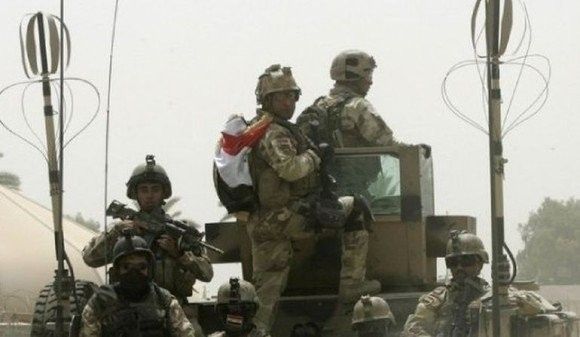
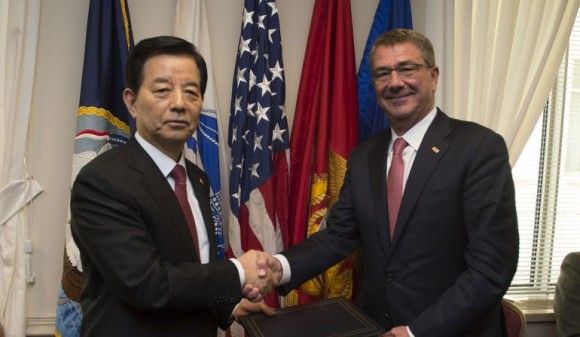
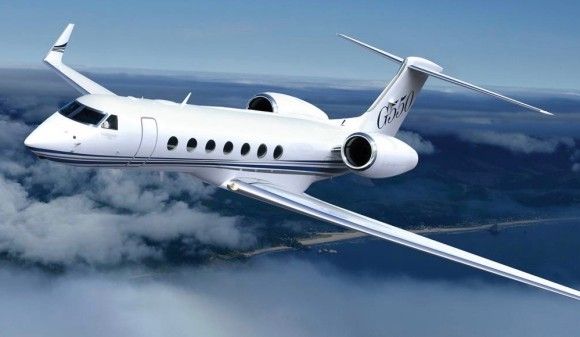
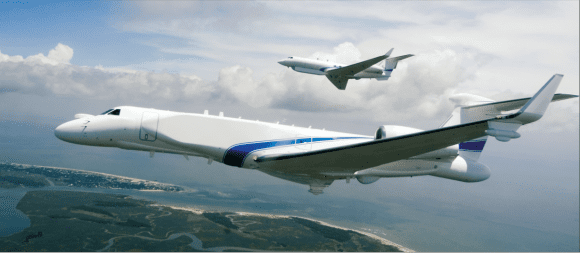
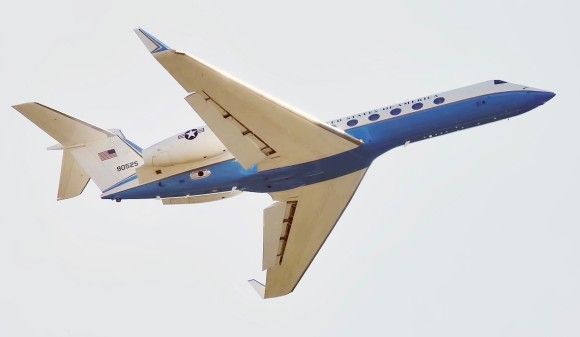
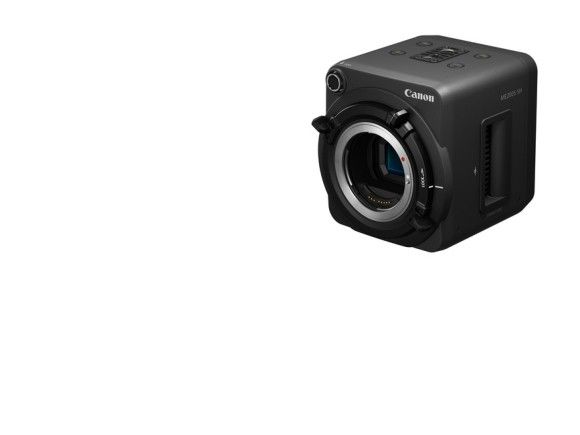
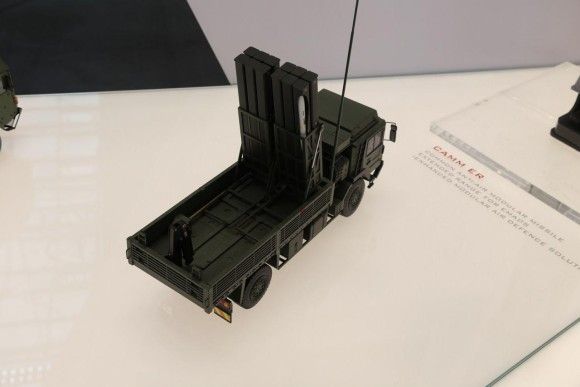
WIDEO: Defence24 Days 2025: Premier Defence & Security Conference in CEE